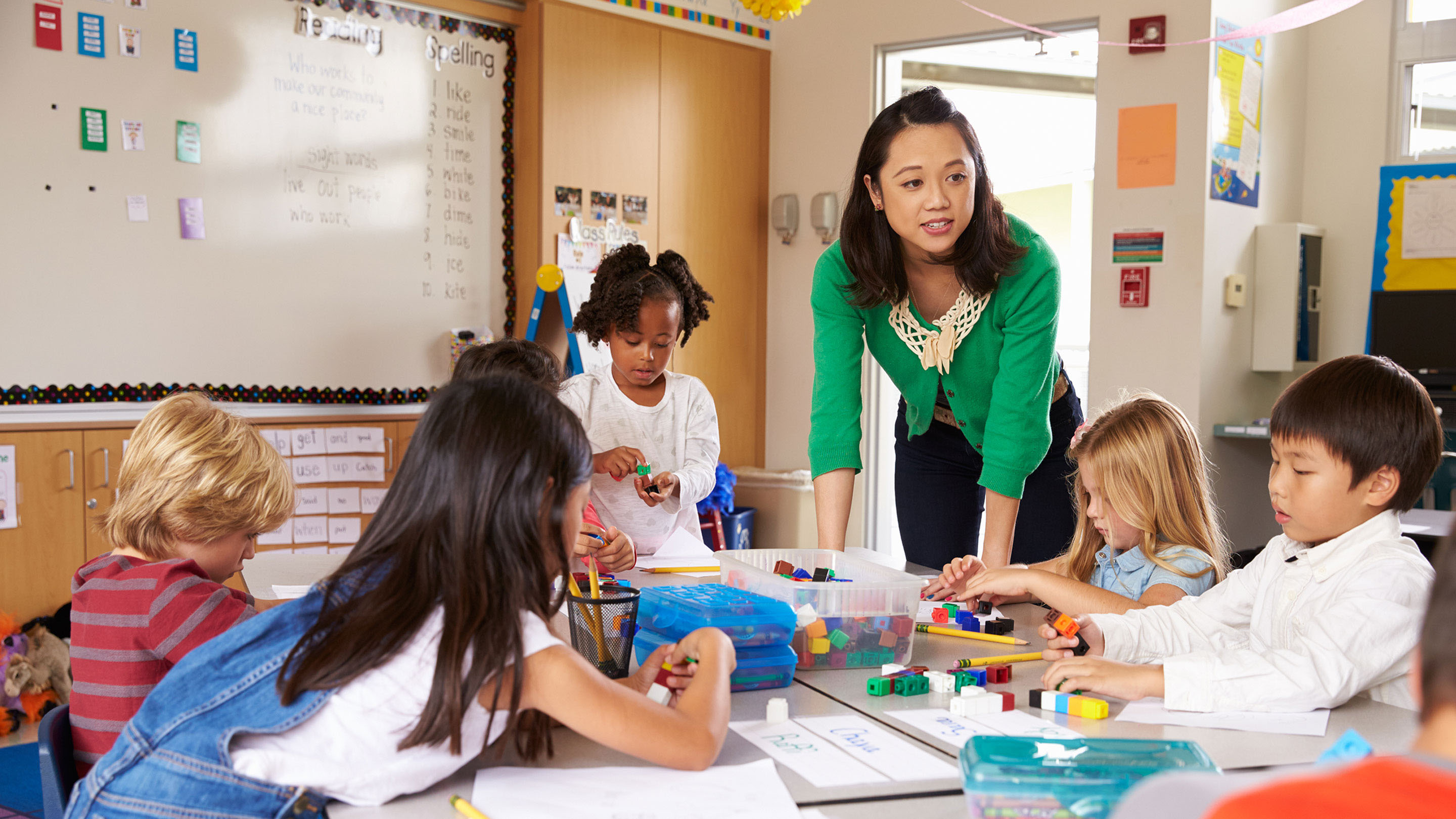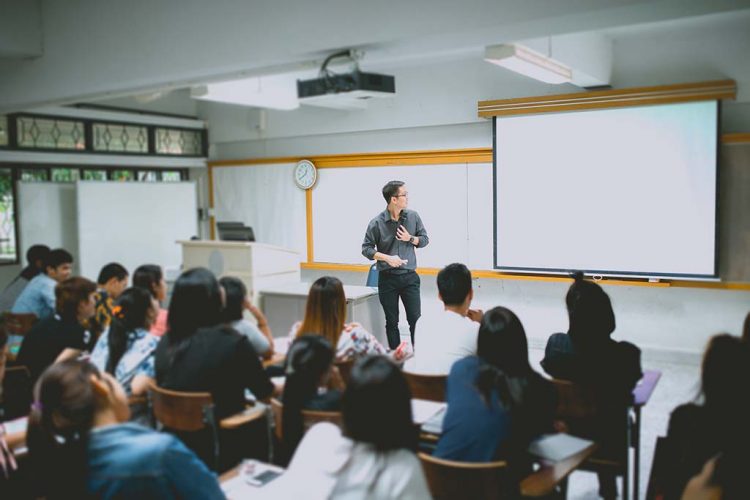Checking Out the Various Teaching Techniques in Main Science Education Today
The landscape of key science education is developing, with various mentor approaches getting prestige in modern classrooms. Inquiry-based understanding, hands-on experiments, and the assimilation of innovation are redefining exactly how teachers engage young minds. Additionally, joint methods and set apart guideline are being used to satisfy the varied requirements of pupils, improving both engagement and understanding. As we examine these approaches, questions arise concerning their efficiency and the effects for future instructional methods. What might these changes in method mean for the future generation of learners?
Inquiry-Based Understanding
Inquiry-Based Understanding (IBL) is a pedagogical method that encourages pupils to check out scientific ideas with questioning, examination, and hands-on trial and error. This technique highlights the duty of trainees as active participants in their discovering, promoting critical reasoning and analytic abilities. By involving with real-world questions, trainees become interested and determined, which enhances their understanding of scientific principles.
In IBL, educators work as facilitators, guiding students as they browse their queries instead than supplying details straight. This student-centered method enables for differentiation, accommodating various finding out rates and designs. Trainees create abilities in formulating hypotheses, creating experiments, and assessing information, which are crucial for scientific literacy.
In addition, IBL cultivates partnership among trainees, urging them to share concepts and searchings for. This collective query promotes social skills and a sense of neighborhood within the classroom. Additionally, the process of inquiry encourages durability, as students find out to welcome failing as a tipping rock toward understanding.
Hands-On Experiments
Hands-on experiments are an important element of effective science education and learning, complementing the principles of inquiry-based understanding. These experiments enable students to involve directly with clinical concepts, cultivating a much deeper understanding through experiential learning. By adjusting products and observing outcomes, young students can understand abstract concepts in tangible ways.
Such tasks promote crucial reasoning and analytical abilities, as trainees assume outcomes, conduct experiments, and analyze outcomes. This process urges them to ask inquiries, improve their understanding, and develop a clinical way of thinking. In addition, hands-on experiments can be tailored to varied knowing designs, guaranteeing that all students have the possibility to engage meaningfully with the web content.
Furthermore, hands-on experiments usually motivate collaboration among peers, advertising teamwork and communication skills. Operating in teams allows pupils to share concepts, discuss findings, and pick up from each other, which enhances their overall educational experience.
Incorporating hands-on experiments into the main scientific research educational program not only improves the learning setting yet also cultivates a lifelong interest in scientific research. By actively taking part in their education and learning, pupils are most likely to create a passion for clinical questions that prolongs beyond the classroom.

Technology Integration
Integrating technology into main science education has become increasingly necessary in cultivating trainee interaction and enhancing discovering results. Using digital devices, such as interactive simulations, digital laboratories, and instructional software program, supplies students with opportunities to discover clinical ideas in innovative means. These resources help with a much deeper understanding of intricate subjects by allowing students to picture and manipulate variables that would be impractical in a traditional class setting.
Additionally, innovation integration urges customized discovering experiences. Students can proceed at their very own pace, taking another look at difficult concepts via multimedia resources, which cater to different understanding styles. This adaptability not just supports specific growth yet also cultivates a sense of freedom in learners.
Furthermore, technology acts as a bridge to visit this website real-world science, linking students with present research study and professional payments. Access to scientific journals and online data sources expands students' viewpoints on scientific query and fosters critical believing abilities.
Collaborative Learning
Collective discovering plays an important duty in key science education by fostering synergy and interaction skills among students. This strategy encourages learners to work together, share understanding, and involve in analytic, which enhances their understanding of scientific principles. By joining team tasks, pupils find out to articulate their ideas, listen to diverse point of views, and work out remedies, every one of which are essential skills in both academic and real-world contexts.

Research suggests that joint learning can cause increased motivation and involvement in science topics, as students discover satisfaction in shared experiences (primary science tuition Singapore). Furthermore, this approach prepares trainees for future joint endeavors, equipping them with the skills necessary for reliable teamwork in college and specialist environments. Ultimately, accepting joint knowing in key science education can significantly enrich the learning experience and advertise a deeper understanding of scientific inquiry
Set Apart Direction

Separated instruction can materialize in various ways, such as varying the content, procedures, or products of understanding. Instructors may make use of tiered tasks that give differing degrees of complexity, enabling trainees to function at their particular preparedness degrees. Furthermore, he has a good point adaptable organizing strategies can help with collaboration among students with different capacities, fostering peer knowing.
Analysis plays a critical duty in this strategy, as it educates direction and assists teachers comprehend each pupil's distinct needs. Formative evaluations, such as tests and monitorings, can direct teachers in adjusting their approaches to boost discovering outcomes. primary science tuition Singapore. Ultimately, by implementing distinguished guideline in primary scientific research education, teachers can cultivate an extra reliable and equitable knowing environment, equipping all students to reach their complete capacity in comprehending scientific phenomena
Verdict
In recap, the varied mentor methods in primary science education and learning, including inquiry-based discovering, hands-on experiments, modern technology integration, collective understanding, and separated direction, collectively contribute to a much more efficient discovering atmosphere. These methods promote essential reasoning, analytic abilities, and a much deeper understanding of scientific principles. By implementing these strategies, teachers can create engaging and supportive class that deal with the varied needs of pupils, ultimately fostering a lifelong interest in science and improving scholastic accomplishment.
Inquiry-Based Learning (IBL) is an instructional technique that urges students to explore clinical concepts through doubting, investigation, and hands-on experimentation.Collective understanding plays an essential role in primary science education by fostering teamwork and communication skills amongst trainees.Research study suggests that collaborative knowing can lead to raised motivation and involvement in scientific research subjects, as students discover site here enjoyment in common experiences.In cultivating an inclusive understanding atmosphere, set apart guideline emerges as a key technique to fit the diverse demands and capabilities of students in key scientific research education and learning. Eventually, by implementing set apart instruction in primary scientific research education and learning, educators can grow an extra reliable and equitable understanding environment, encouraging all pupils to reach their complete capacity in recognizing scientific phenomena.
Comments on “Affordable Primary Science Tuition Singapore for All Learning Needs”